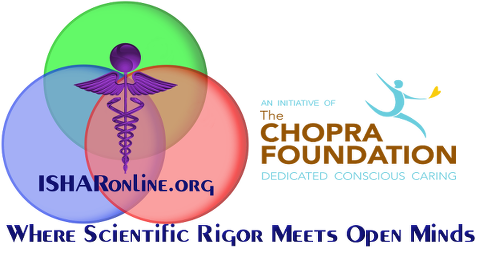Earthing Therapy
Research: How many studies have been conducted about this topic. Reliability: How scientifically thorough the studies supporting the topic were. Evidence: How strongly the studies support the given topic. Benefits: The health benefits of following this approach. Risks: The health risks of following the approach.
Summary
Earthing (or grounding) therapy is a practice which proponents claim provides numerous health benefits. The therapy involves being in direct physical contact with the ground or with a device that is electrically grounded. This stems from the idea that in modern life humans are no longer in direct physical contact with the Earth and are therefore losing out on potential health benefits through the exchange of electrons with the surface of our planet. Several studies have suggested that earthing appears to provide some general health benefits, such as less pain, better sleep, reduced stress, and better immune function compared to study participants who weren’t grounded. Another study suggested that earthing might negate the potentially harmful effects of the electromagnetic fields given off by electronic devices.
Supporting Arguments
A study published in the Journal of Alternative and Complementary Medicine, conducted by Dr. Stephen Sinatra, Gaétan Chevalier and James Oschman, claims that earthing increases the charge on red blood cells to reduce blood viscosity. A further follow-up article by James Oschman and published in the same journal claimed that health benefits included normalization of cortisol and improved sleep.
According to some of the conclusions of these authors, electrons drawn into the body from the Earth neutralize damaging free radicals and thereby reduce chronic or acute inflammation. In one study participants slept on special pads that were grounded to the soil outside the building. When contrasted with the ungrounded participants, the grounded subjects showed significant changes in key biomarkers including total protein, potassium, serum sodium, magnesium, iron, and others.
Earthing supporters state that throughout history humans were barefoot or wore conductive hide sandals which grounded them to the Earth. Proponents of earthing therapy suggest returning to this model by walking barefoot, sitting on the ground, or connecting to the Earth through grounding devices. This is intended to transfer electrons from the earth to one’s body. Earthing proponents often suggest a variety of grounding devices, copper-infused shoes, or conductive beds.
Critiques
Critics have argued that these claims rely on studies that lack sample sizes large enough to be significant. An evaluation published in the Journal of Chiropractic Medicine found the degree of electrical exchange between the earth and a grounded human body was extremely small, on the scale of nanoamperes, and could be explained through the electrical charge caused by simple movement.
Robert Lahita, a microbiologist and rheumatologist, calls the health benefit claims "...really wacky. I don't even hesitate to say that's really crazy." The fact that many of the sites supporting earthing are also involved in the advertising and sale of devices to achieve grounding has attracted significant skepticism.
ISHAR’s Analysis
The studies that found health benefits from walking barefoot cannot be discounted out of hand, but it would be irresponsible to declare they are conclusive proof of earthing’s efficacy. The wide array of benefits recorded are significant, but the small sample size and existence of alternative explanations leaves it unclear whether it was electrical current or other factors that caused them. For instance, reflexologists often recommend walking barefoot, especially outside on stones, to help activate pressure points on the feet. This stimulates blood flow in the feet and can promote relaxation, both of which might contribute to the benefits found in the earthing studies without electrons necessarily being involved.
Anecdotes and testimonials are not considered scientific, so they are not included in this analysis. Likewise, the argument that people today should emulate the healthier behaviors of ancient humans is not convincing. Most ancient humans led extremely short, brutal lives, so they cannot reasonably be used as role models for health.
It must be noted that these methodological issues do not disprove earthing therapy, nor debunk the significant research about this topic. Instead, they indicate that more tests are needed and warranted, both to verify the health benefits and to isolate what exactly is causing them. Earthing therapy may need additional research before it becomes an established approach, but the evidence already gathered is compelling and exciting.
